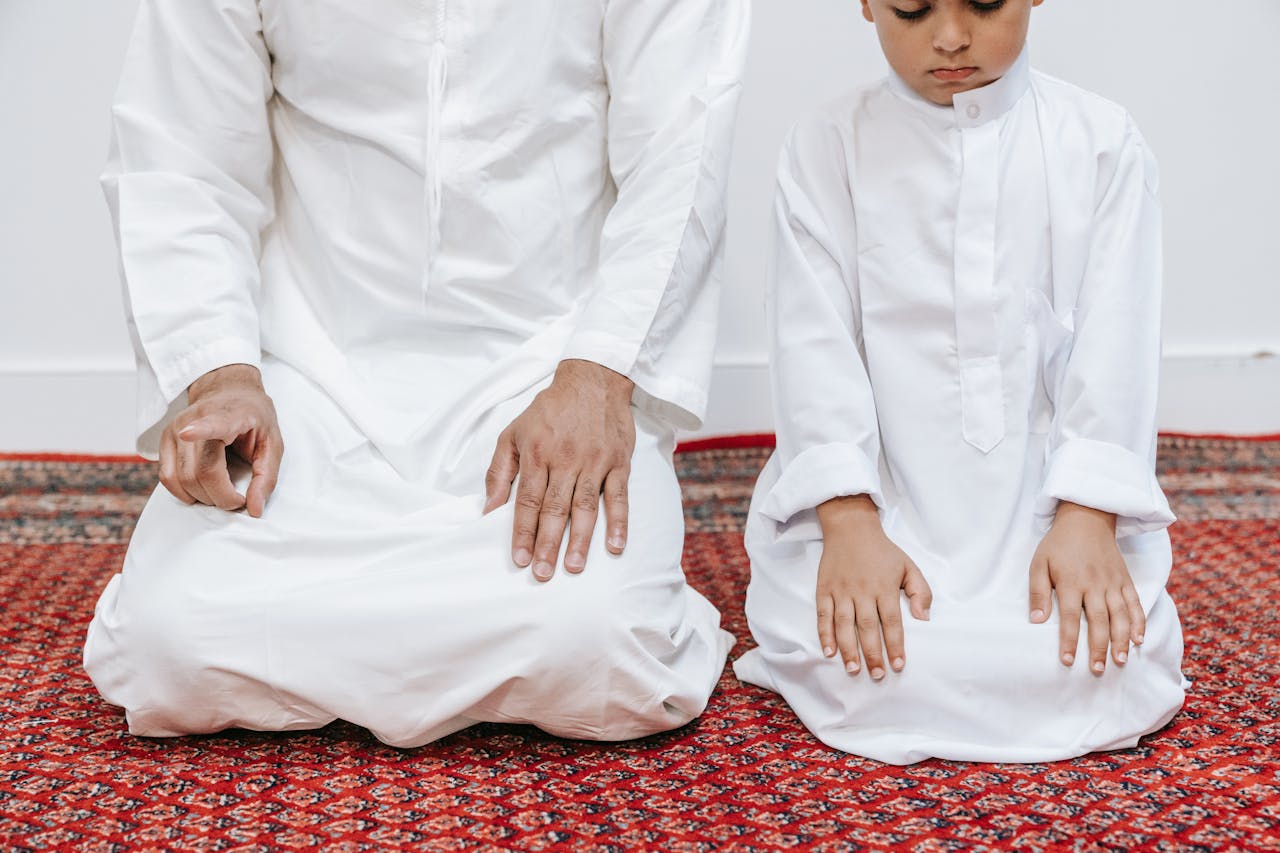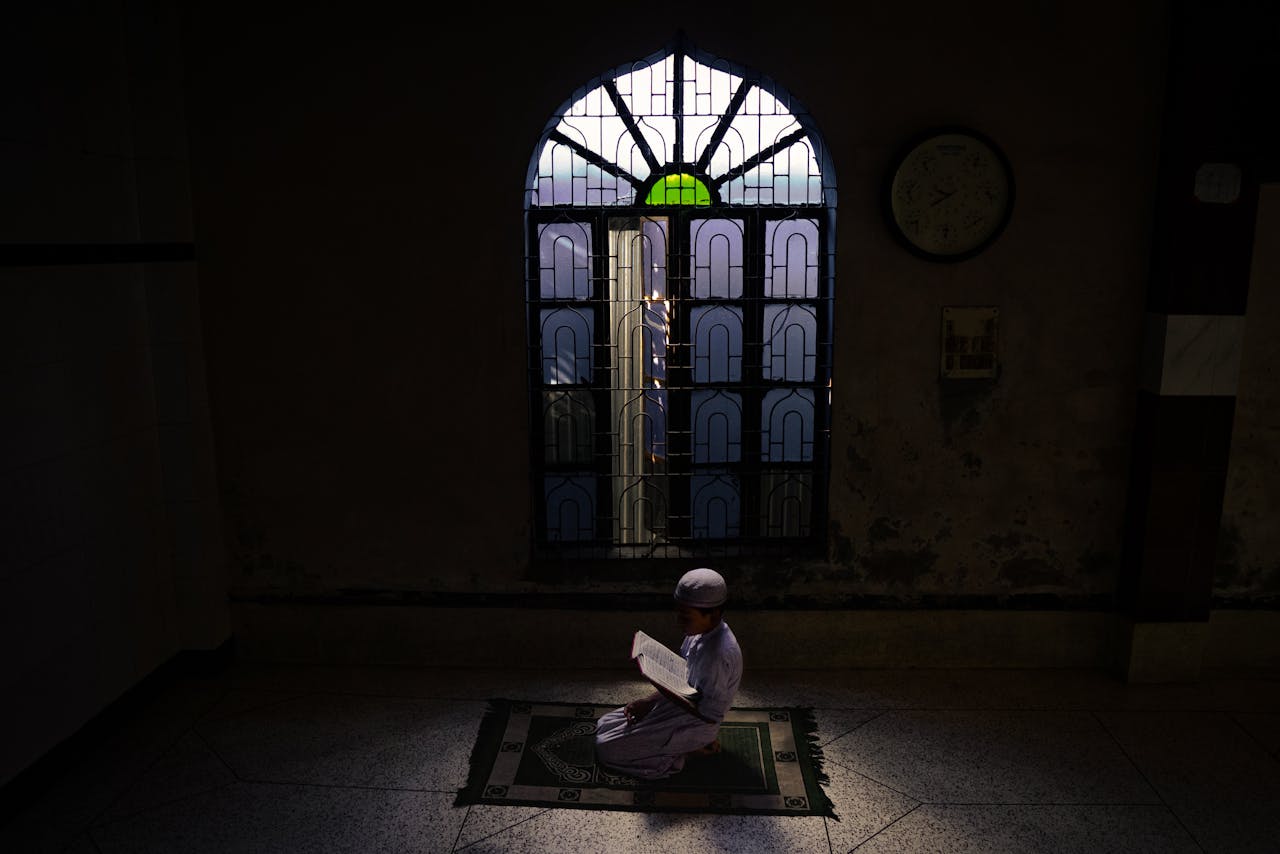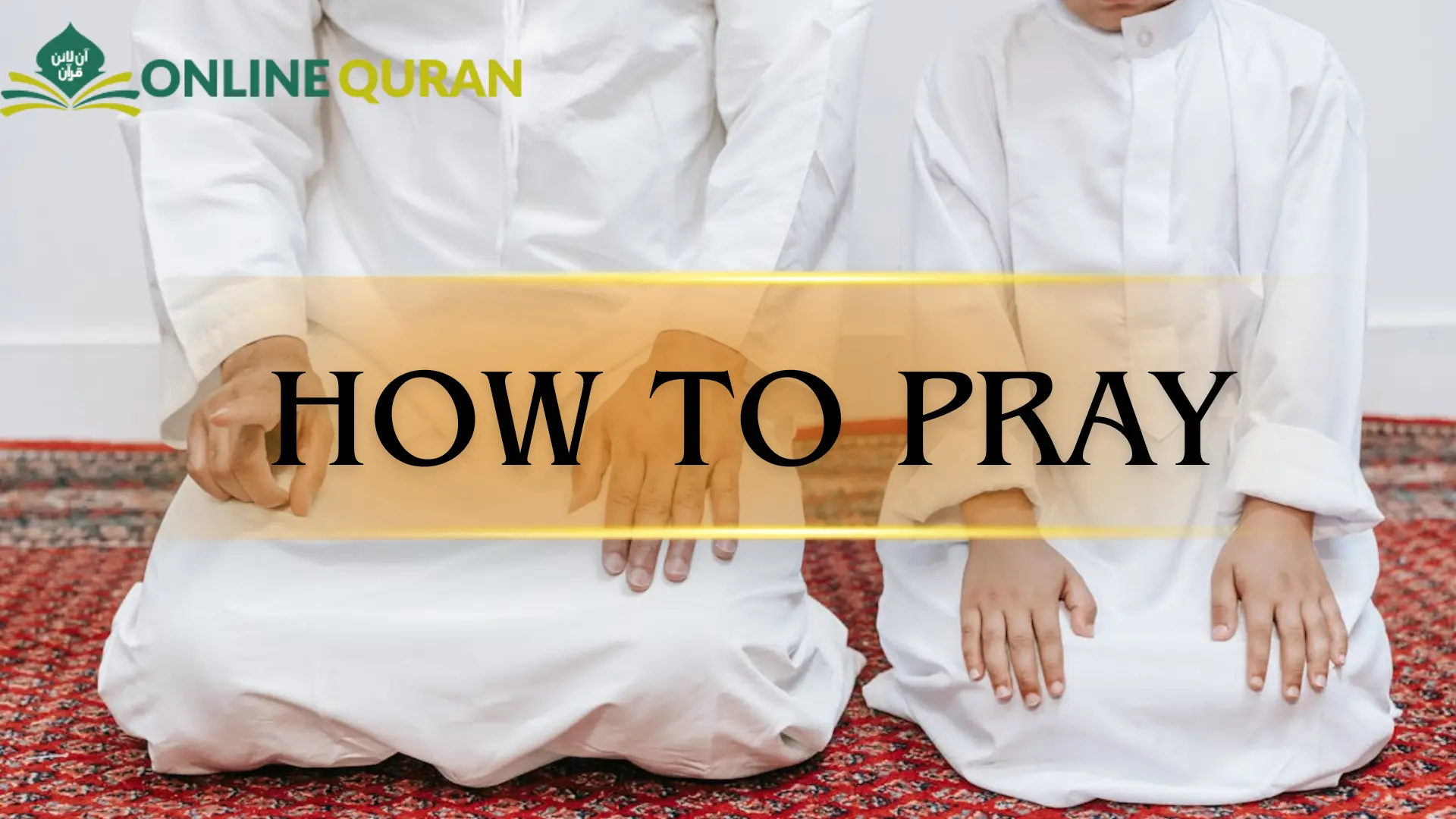How to Pray: A Complete Guide
Prayer is a deeply personal and spiritual practice that draws us closer to God or God. Whether you are brand new to prayer or have been praying for years, understanding the method and meaning of prayer can make your experience more profound and meaningful. As I sat in a quiet place of worship and felt the atmosphere, I noticed that prayer not only calms the mind but also brings deep peace to the heart. Every word that comes from the heart has a special meaning.
In this guide, we will look at how to pray in a way that brings peace to both the soul and the heart.

What is prayer?
Prayer is not just the repetition of words. It is a conversation, a silent connection, or a heartfelt request for help from God. Every religion and culture has its own way of praying, but the real purpose is the same.
As I sat quietly in a small place of worship, I realized that prayer is a kind of break from the busyness of life. It is a moment when we look inward and reach out to God.
Through prayer, we seek guidance, give thanks, ask for forgiveness, or find peace. It is not limited by time or place, but many religious practices provide a structure. The point is to pray from the heart. If the heart is not involved, prayer becomes just a rote, but when the heart is involved, every word has impact and purpose.
Preparing for Prayer
It is important to create an environment before starting prayer. When I sat in a small mosque, the silence and aroma immediately changed my mood. You can create this environment at home or by sitting in a quiet place.
Cleanliness and physical comfort are very important. Washing your hands and face, wearing clean clothes, and sitting in a comfortable position signal to the mind that this is a special time. Many practices also say to look in a specific direction during prayer. The goal is to create focus and unity.
Making Intentions
Prayer begins with intention. Close your eyes and think about why you are praying. Are you giving thanks, asking for guidance, or asking for peace? Clear intentions align your heart and mind, and prayer is more effective.
Intentions can be simple and brief. You might think, I am praying for peace, or I am praying for strength. The beauty of prayer is in its sincerity. A sincere intention has more impact than hours of words.
Choosing Words
Words have power. Whether you say them out loud or repeat them silently in your heart, the words should be those that come from your heart.
I remember an elderly woman praying in the temple. Her simple words had such sweetness and sincerity that everyone was touched. She prayed as if she were talking to a close friend. This shows that prayer is personal and specific to each person.
You can recite written prayers, write your own prayers, or speak your words from your heart. The importance is more in the heart than in the accuracy of the words.
Physical Position
Different prayer positions vary, such as sitting, kneeling, standing, or bowing. I saw Sufis in a quiet monastery sit with their eyes closed and their hands folded, allowing their bodies to relax completely. Each position has a purpose, such as humility, submission, or concentration.
Adopt a position that is comfortable for you. Some people find it more comfortable to sit in a chair or cross-legged on the floor. The goal is to support the body in prayer and maintain focus.
Focus and Peace of Mind
It is common to wander. The mind often gets lost in thoughts and outside noises can distract you. I prayed by the bank of a quiet stream, and the gentle sound of the water soothed my heart. Such environments are helpful.
Focusing on your breath is also helpful. Breathing in and out slowly calms the mind and reminds us of our intention with each breath. Repeating a word or phrase silently also helps to maintain focus.
Also Read: Quotes About Ramadan from Quran – Divine Words That Inspire Faith

Giving thanks
The most powerful aspect of prayer is gratitude. When we focus on gratitude, our mind becomes more positive. I have seen people bow down and express gratitude for even the smallest blessings, such as food, friends, or a beautiful morning. Gratitude opens the heart and makes prayer more meaningful.
Give thanks for three things before or during prayer. It could be our breath, our roof, or even a small blessing. Gratitude opens the heart and strengthens our connection with God.
Asking for guidance or help
Through prayer, we seek guidance, clarity, or help in difficult times. I have sat quietly in a difficult situation and poured out my heart to God and felt an immediate sense of peace.
Be clear and humble when praying. Ask specifically, but don’t set high expectations. Prayer doesn’t magically solve everything, but it does open the door for our guidance and strength.
Listening and Reflecting
Prayer is not just about speaking, it is also about listening. Sit in silence after prayer. This is a time for inner thoughts and feelings. I have found that the deepest peace comes in those moments when words are not spoken, but the presence of God is felt.
It is also important to reflect after prayer. Write down thoughts and feelings so that the experience becomes stronger. Over time, this deepens your spiritual growth.
Consistency
As with any good habit, consistency enhances the effects of prayer. It doesn’t have to be tied to a specific time or place, but a daily habit strengthens the soul. I’ve seen Sufis who prayed morning and evening, and their peace was evident in that.
Start small. Even five minutes a day can change the time of day and bring peace of mind. Gradually, the time will increase and the experience will deepen.
Personalize your prayer
Prayer should be personal. The methods provide guidance, but each person can improve it to their own liking. Add music, scent, or just sitting in silence. I’ve found that personal touches like holding something in your hand or reciting a favorite verse make prayer more special and heartfelt.
Experiment and see what works best for you. The goal is for your soul to find constant peace.
Conclusion
Prayer or supplication is not just repeating words. It is a process of opening your heart, finding peace of mind, and strengthening your connection with God. Quiet space, intention, heartfelt words, gratitude, seeking guidance, and contemplation are all important aspects of prayer.
As I have visited various places of worship, I have found that prayer makes ordinary moments sacred. It brings peace in times of difficulty, clarity in times of confusion, and a sense of connection in life. Whether you are just starting out or growing in experience, prayer is always a path to spiritual strength and peace.
FAQs
How do you start your prayer?
Start your prayer by finding a quiet place, sitting or standing comfortably, and setting a clear intention in your heart for what you want to pray for.
How do you properly pray?
Pray with sincerity and focus, using words that come from your heart. Maintain a comfortable posture, express gratitude, ask for guidance or help, and end with reflection.
What are the 7 steps of prayer?
The 7 steps of prayer are: 1) Find a quiet place, 2) Set your intention, 3) Choose heartfelt words, 4) Sit or stand comfortably, 5) Focus your mind, 6) Express gratitude and ask for help, 7) Reflect in silence.
What are the 5 steps to prayer?
The 5 steps to prayer are: 1) Set your intention, 2) Speak or think your words sincerely, 3) Maintain a focused posture, 4) Give thanks and ask for guidance, 5) Sit quietly to reflect.
If you wish to learn the Quran online or enroll in one of our Quran courses, click below and start your learning journey today.
Explore Our Courses →



